Balance
Balance is the ability, during activity, to maintain centre of gravity and equilibrium in relation to different forces and distribution of weight.
Balance is the ability, during activity, to maintain centre of gravity and equilibrium in relation to different forces and distribution of weight. Three key systems are involved in our ability to balance: the proprioceptive system, the visual system, and the vestibular system. These systems all work together to provide our brain with a ‘map’ of where we are in space so that we can move and balance. Other factors that affect a dancer’s ability to balance include alignment, strength and coordination. As a result, it is one of the more complex skills to develop.
Developing strength and good alignment of the feet, ankles and legs is key as they provide the dancer’s foundation. More information on this can be found here.
Awareness in the sole of the foot has a great impact on the dancer’s balance. Stimulating this area through sensory and motor activities prior to balance work will not only help to promote greater sensitivity to the floor, it will also heighten the body’s understanding of where it is in space through higher quality feedback information to the brain. Further information on developing body awareness can be found here.
The European Commission support for the production of this publication does not constitute an endorsement of the contents which reflects the views only of the authors, and the Commission cannot be held responsible for any use which may be made of the information contained therein.
Imagery
The ability to balance requires an understanding of force and adjustment in the body. Balance is not static: the body is continually making tiny adjustments to maintain equilibrium. Imagery can be very effective in helping dancers find their balance without consciously directing their body. Using imagery based on the idea of the body expanding or reaching in multiple directions at once (including pushing into the floor) can help dancers find stability, resistance in the body and make adjustments in force instantly.
External focus
In this activity an object or external factor is used to provide an external focus. Focusing on balancing the object encourages greater sensitivity in the body. As with imagery, having an external focus allows the dancer to explore and find balance without consciously thinking about it in an anatomical way. This is a particularly effective strategy for dancers with hypermobility who tend to have a very strong internal focus. Diverting their attention to an external object provides an anchor which can help them find balance more easily. More information on hypermobility can be found here.
Eye focus
In order to balance, our body relies heavily on the information it receives from the vestibular system, which is our in-built balance system that lives in the inner ear and is activated every time we move our head in any direction. The vestibular system utilises this information alongside that which is gathered from our eyes, through sight. Eye focus, therefore, can have a significant impact on balance. Incorporating and playing with eye focus can be applied to any activity. Set focal points can be given or changed and can be fixed or moving. Similarly, activities can be tried or repeated with eyes closed. Working with closed eyes can be a very effective way to challenge balance and develop proprioception (our awareness of where our are limbs in space). However, this can be very challenging for some dancers due to a high reliance on visual information leading to feelings of insecurity and anxiety. This can be supported by being in close physical proximity or contact initially, giving frequent verbal cues, keeping the time with eyes closed short and revisiting regularly.
The purpose of this activity is to develop the dancer’s ability to:
* explore, find and maintain balance
* understand, translate and apply a concept demonstrated by an object
* respond creatively to cues from a partner
* respond with accuracy to directional and dynamic cues
* explore, find and maintain balance while in contact with a partner
In this activity the half-filled bottle represents the dancer’s body. This provides a visual image of cause and effect in terms of balance and the internal adjustments the dancer needs to make to achieve balance. As the focus is on the bottle, which may be controlled by another person, it also encourages risk taking and has an element of play. The Coordination page will help with this activity.
Using imagery of a tightrope combined with the task of balancing plates can provide two strong external foci. The weight and quality of the object used will affect the outcome. Breakable objects, such as cups and saucers, require an increase in sensitivity and focus. This may cause too much anxiety for some dancers, however it can provide a needed challenge for others. Working with heavier objects can lead into supporting a partner in balances.
While in these activities the dancers are moving on their feet, balance can be explored and developed in different orientations with other body parts providing the foundation. Balance can be explored from sitting or lying positions which may be less daunting and more achievable for dancers who find balance a great challenge. Using different body parts as a base can also encourage creativity.
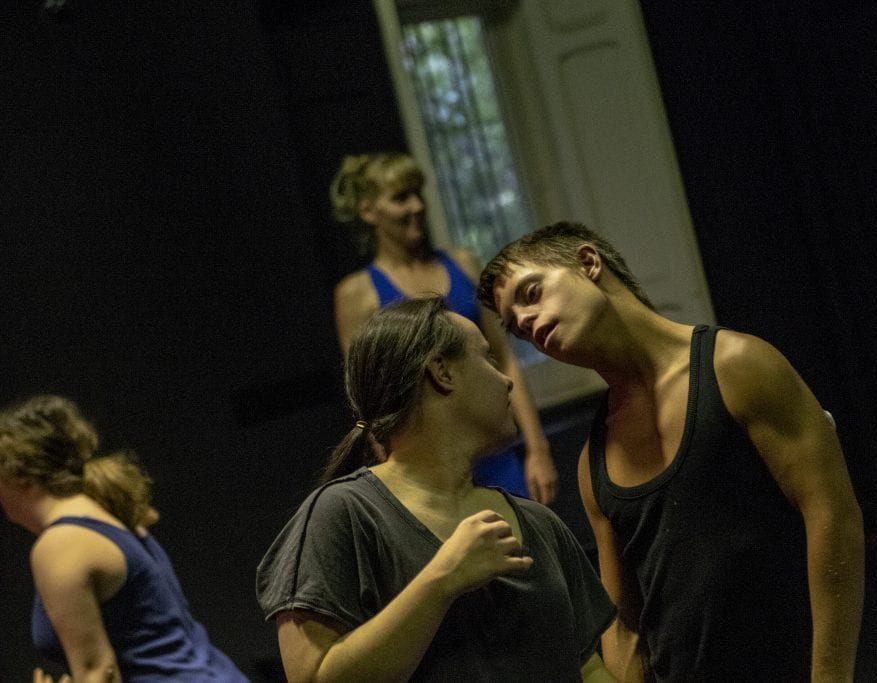
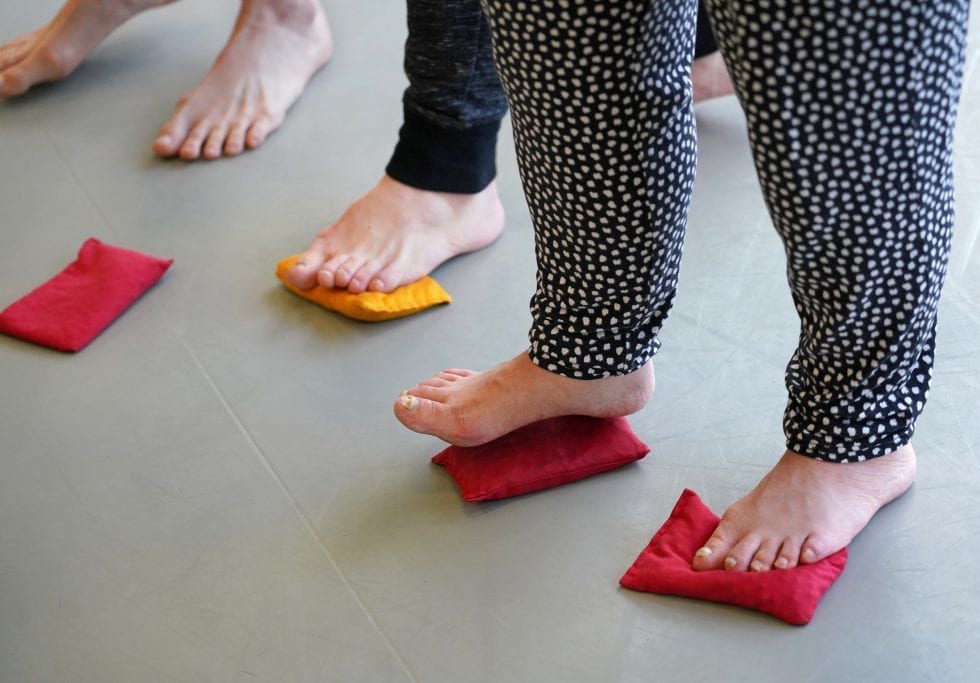
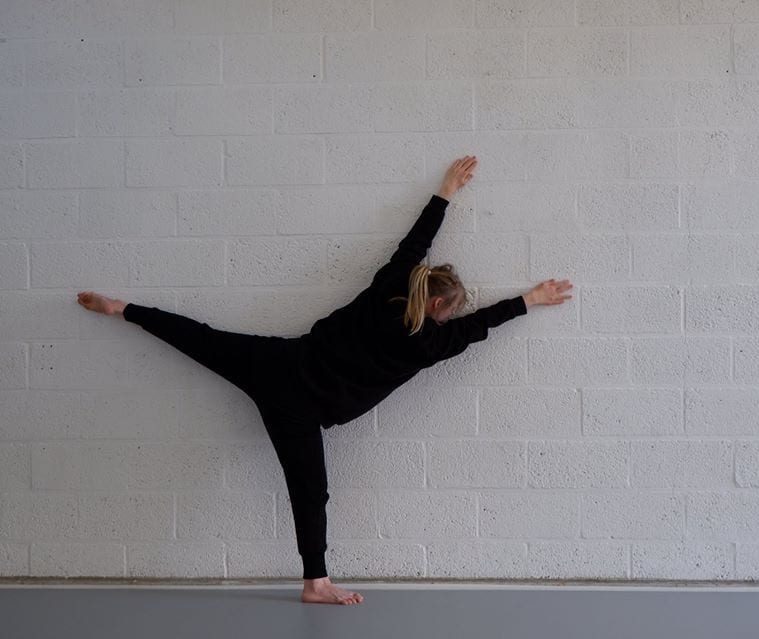
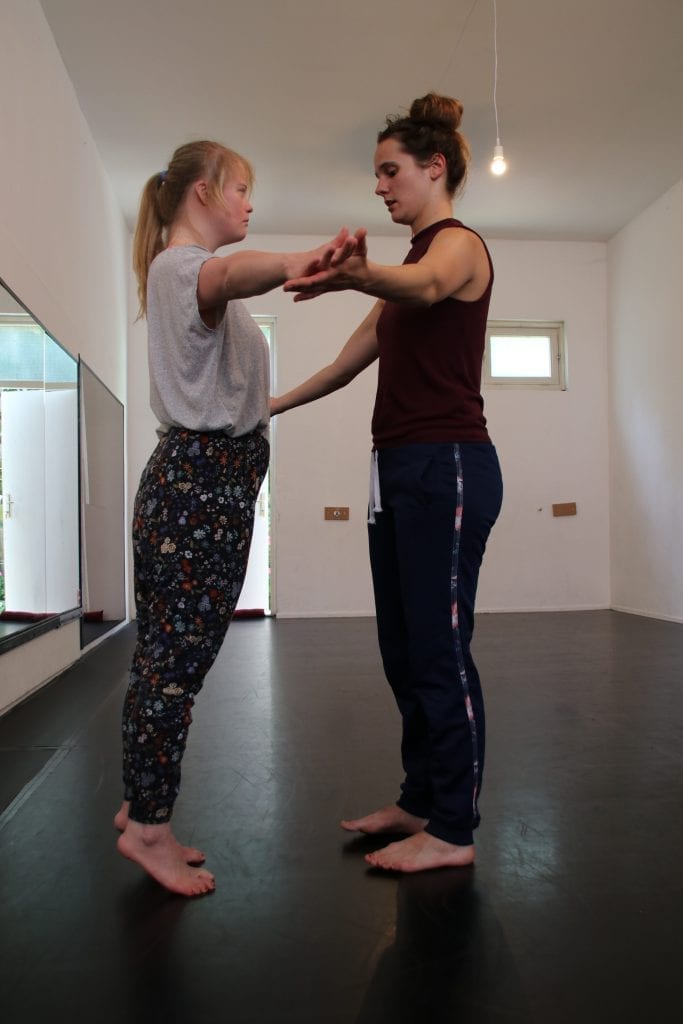
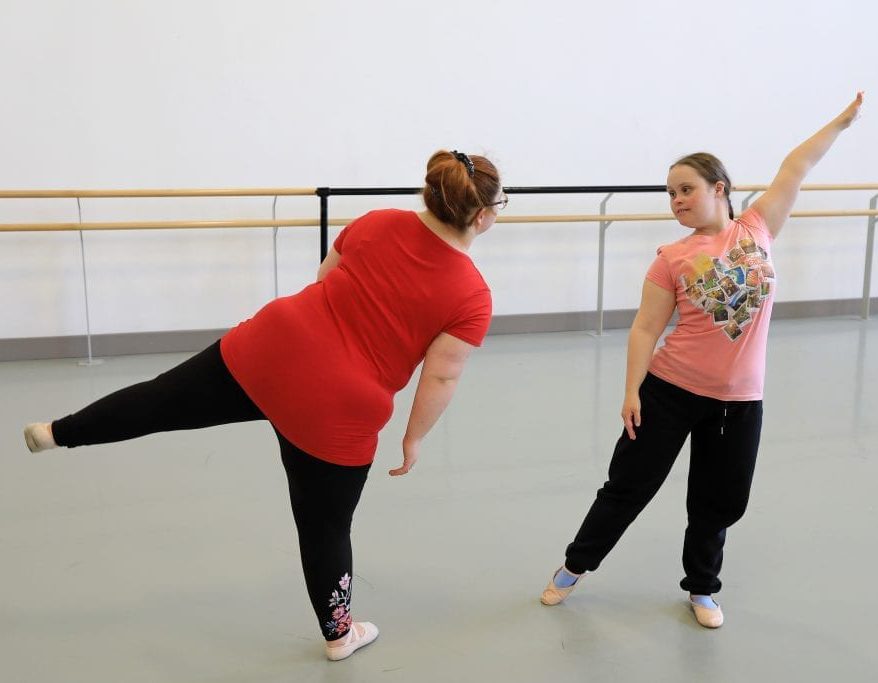
Teaching Guidelines
This activity uses a wide range of teaching methods to appeal to different learning styles. Visual and tactile methods of communication are generally more accessible and effective for dancers with additional learning support needs. For dancers where balance is a great challenge, support may be needed from a barre, wall or partner when working on their feet.
It is important to introduce and develop the activity gradually in clear steps to ensure the dancers understand the concept. Exploring the concept through improvisation can be an effective starting point. This may then be developed through adding additional elements to focus on, or lead on to the development of a set exercise. Understanding can be tested or revisited in different ways to keep the activity engaging, for example, one of the dancers being the leader for the rest of the group to follow.
Developments could include:
* focusing on breath and momentum
* exploring a different use of eye focus
* working with the eyes closed
* performing the activity without the object, while visualising it
* incorporating different directions, dynamics and use of space
* working with a partner
In this activity we used the following methods of delivery. You may find others on the list more suitable for your dancers:
Auditory
* verbal instructions
* use of voice (intonation, pace)
* use of music/sounds
* imagery delivered verbally
Visual
* physical demonstrations
* visual imagery (picture, object)
Tactile
* tactile cues given by self, peer, or teacher
* physical objects
Kinaesthetic
* experience how the movement feels e.g. resistance, pressure, effortless etc.
Feedback
* verbal feedback from peer or teacher
* visual feedback from peer or teacher
* tactile feedback from peer, teacher or object
* visual feedback and self-correction





